Football Kit Design: A Guide to the Art and Science of Creating a Great Football Kit

Football kit design is a complex and multi-faceted process that involves the creative and technical skills of a wide range of professionals, from designers and artists to engineers and manufacturers. A well-designed football kit is not only aesthetically pleasing but also functional, durable, and comfortable to wear. It can inspire a sense of pride and unity among players and fans alike and become an iconic symbol of a team’s identity.
In this guide, we will explore the various aspects of football kit design, from the historical roots of the football kit to the latest trends and innovations in design and technology. We will also discuss the role of branding, marketing, and sponsorship in football kit design and how they influence the design process. Whether you are a football fan, a designer, or a manufacturer, this guide will provide you with a comprehensive overview of the art and science of creating a great football kit.
The History of the Football Kit
The history of the football kit dates back to the early days of football in the 19th century. At that time, football players wore whatever clothes they had on hand, often just their everyday clothes or work uniforms. This led to confusion on the field, as it was difficult to distinguish one team from another. To solve this problem, the first football kits were introduced, consisting of a shirt, shorts, and socks in a specific color or pattern that identified the team.
Over time, football kits became more standardized and sophisticated, with the introduction of new materials and designs. In the early 20th century, cotton became the primary material for football kits, which were often adorned with club badges, emblems, and sponsors’ logos. In the 1970s, synthetic fabrics such as nylon and polyester replaced cotton, making football kits lighter, more durable, and easier to care for.
Today, football kits are a highly competitive market, with teams and manufacturers vying to create the most innovative and stylish designs. The design of a football kit is not only influenced by its historical roots but also by a wide range of factors, including branding, marketing, technology, and cultural trends.
The Elements of Football Kit Design
A football kit typically consists of a shirt, shorts, and socks, each of which can be customized with different colors, patterns, and materials. Each element of the kit serves a specific function, from the shirt’s ventilation and moisture-wicking properties to the shorts’ flexibility and durability. Here are the key elements of a football kit and their design considerations:
Shirts
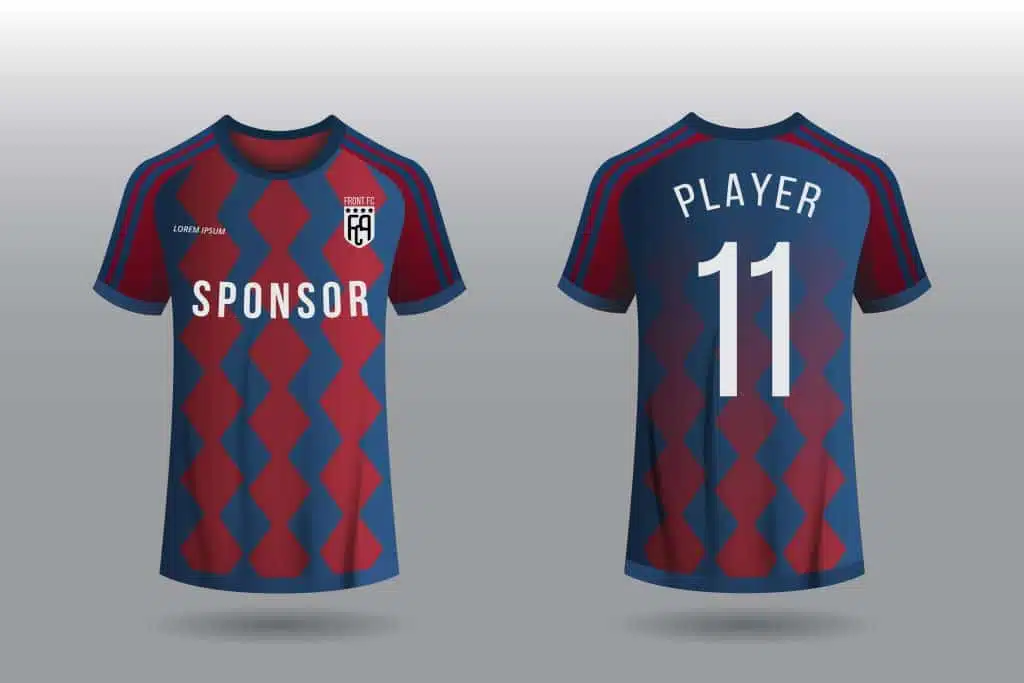
The shirt is the most visible and iconic element of a football kit, and its design is often the subject of intense scrutiny and debate among fans and designers. A well-designed shirt should be comfortable, breathable, and lightweight, with moisture-wicking properties to keep the player dry and cool during the game.
The design of a football shirt is often influenced by the team’s colors, logo, and cultural identity. Some teams have iconic shirt designs that have become synonymous with their brand, such as the black and white stripes of Juventus or the red and white of Liverpool. Other teams experiment with bold patterns, graphic designs, and innovative materials to stand out from the crowd.
Shorts
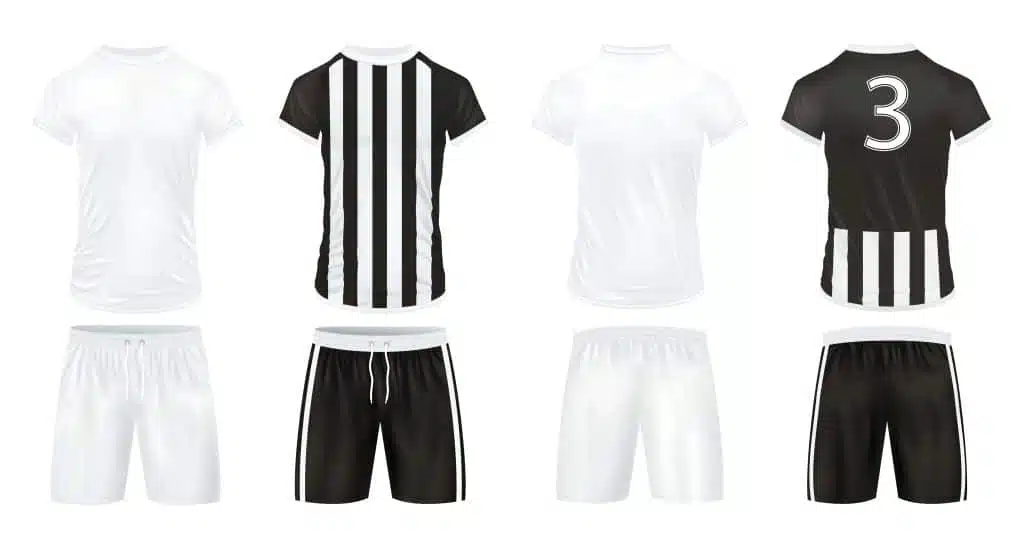
The shorts are an essential component of a football kit, providing flexibility and freedom of movement for the player. A well-designed pair of shorts should be lightweight, durable, and comfortable, with a flexible waistband and breathable fabric.
The design of football shorts is often simpler and more functional than that of the shirt, with a focus on performance rather than aesthetics. However, some teams incorporate unique design elements into their shorts, such as colored trim, patterns, or team logos.
Socks
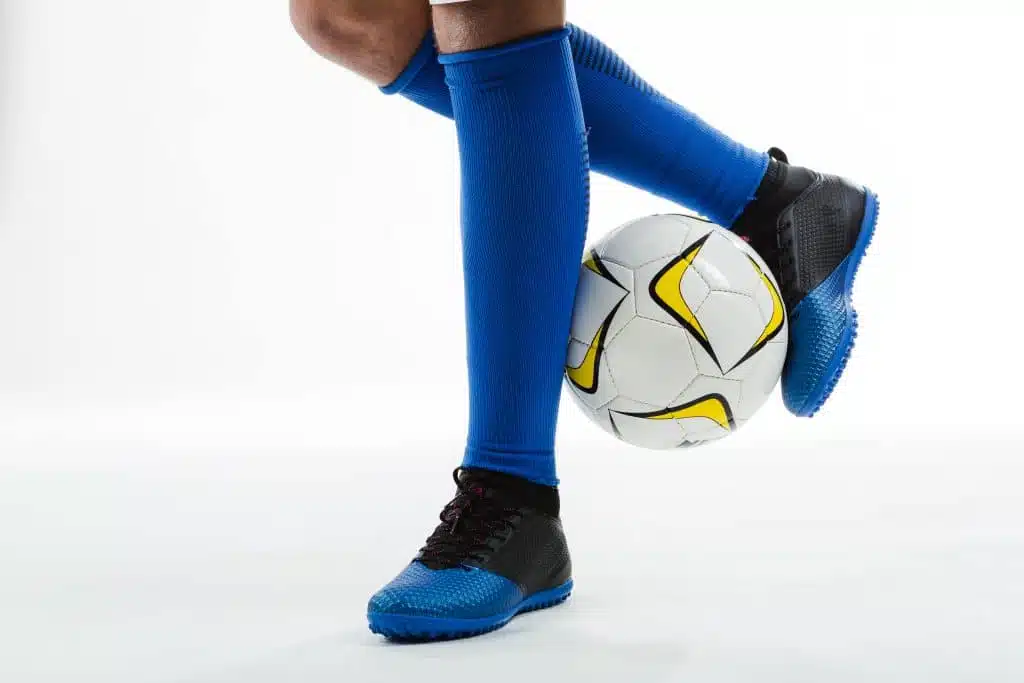
The socks are often the most overlooked element of a football kit, but they play a crucial role in ensuring the player’s comfort and performance. A well-designed pair of socks should be breathable, and comfortable, and provide adequate support and cushioning for the player’s feet.
The design of football socks can vary widely, from solid colors to stripes, checks, and other patterns. Some teams use their socks as a way to showcase their team colors or logo, while others keep them simple and functional.
Materials
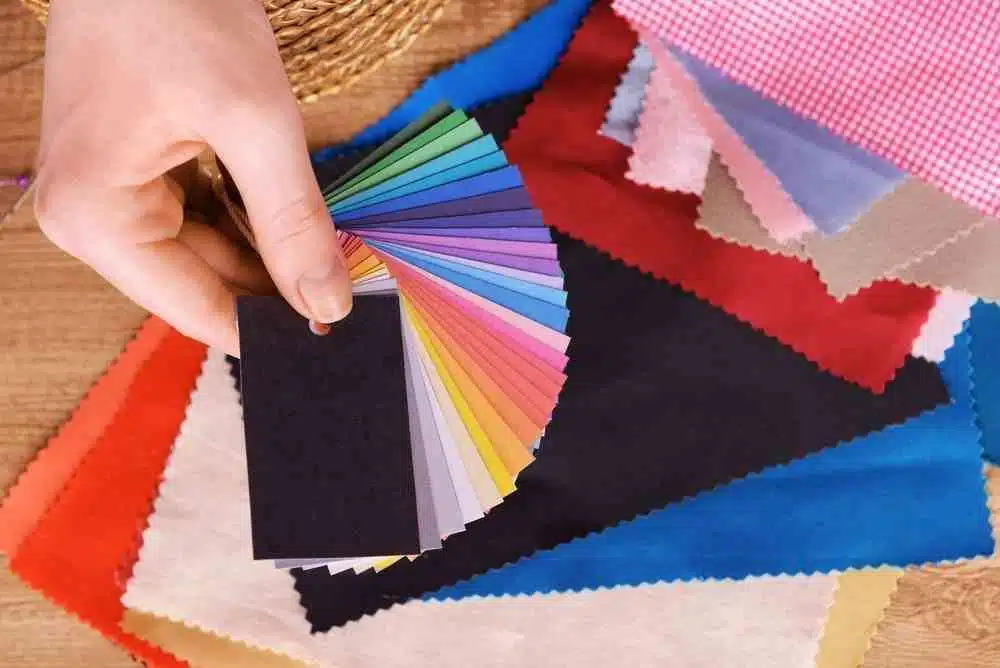
The materials used in football kit design have evolved significantly over the years, with a focus on lightweight, breathable, and moisture-wicking fabrics that enhance the player’s performance and comfort. Some of the most commonly used materials in football kit design include:
- Polyester: Polyester is a synthetic material that is widely used in football kits due to its durability, moisture-wicking properties, and ability to retain its shape after washing.
- Nylon: Nylon is another synthetic material that is often used in football kits due to its strength, flexibility, and resistance to abrasion and tearing.
- Mesh: Mesh is a lightweight and breathable material that is often used in the shirt’s ventilation panels to improve airflow and regulate the player’s body temperature.
- Cotton: Although cotton is less common in modern football kits, it is still used in some retro-style designs or as a lining material for added comfort.
Design Trends and Innovations
The world of football kit design is constantly evolving, with new trends and innovations emerging every season. Some of the latest design trends and innovations in football kit design include:
- Gradient designs: Gradient designs, which feature a gradual blend of colors, have become increasingly popular in recent years, adding a dynamic and modern feel to football kits.
- Camouflage patterns: Camouflage patterns, inspired by military uniforms, have also become a popular design trend, particularly among national teams.
- Sustainable materials: With an increasing focus on sustainability, many football teams and manufacturers are exploring eco-friendly materials such as recycled polyester and organic cotton in their kit designs.
- Tech-enhanced fabrics: Advances in textile technology have led to the development of new fabrics that can enhance a player’s performance and comfort, such as moisture-activated cooling technology and anti-microbial treatments.
The Role of Branding, Marketing, and Sponsorship
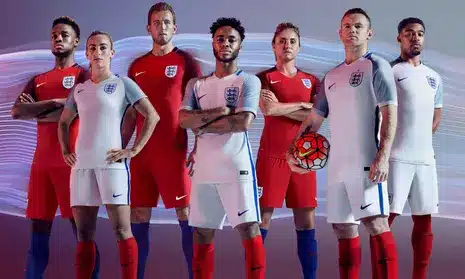
Branding
The branding of a football team is an essential aspect of football kit design. A team’s logo and colors are often incorporated into the design of the kit to create a cohesive and recognizable brand identity. A well-designed kit can help promote the team’s brand and create a sense of pride and identity among players and fans alike. The design of the kit should also be consistent with the team’s other marketing materials, such as social media graphics, merchandise, and stadium signage.
Marketing
Marketing is another critical consideration in football kit design. A well-designed kit can help build a fan base and generate revenue through merchandise sales. The kit design should be eye-catching and memorable, helping the team stand out in a crowded marketplace. It should also be designed with the target audience in mind, whether that is a local fan base or a global audience. Social media platforms are an essential tool for marketing football kits, with teams and manufacturers using platforms like Instagram and Twitter to showcase their latest designs and engage with fans.
Sponsorship
Sponsorship is a vital source of revenue for many football teams, and sponsor logos are often prominently displayed on the kit. The design of the kit must consider the sponsor’s brand and colors, while also maintaining the team’s identity. The placement and size of the sponsor logo are often determined by the terms of the sponsorship agreement, with larger sponsors typically receiving more prominent placement. The sponsor logo should be integrated into the design of the kit seamlessly, without detracting from the overall aesthetic.
In recent years, some football teams have experimented with new approaches to sponsorship, such as collaborating with fashion designers or partnering with non-traditional sponsors. These partnerships can result in unique and innovative kit designs that capture the attention of fans and the media.
The Future of Football Kit Design
As technology and design trends continue to evolve, football kit design is likely to become even more innovative and sophisticated. New materials, such as smart fabrics and biodegradable materials, are already being used in football kit design, offering new opportunities for performance and sustainability. Augmented reality and other digital technologies may also be incorporated into future football kits, creating new ways for fans to engage with their favorite teams.
However, despite these technological advancements, the fundamental principles of football kit design are unlikely to change. A well-designed football kit must be functional, durable, and comfortable, while also capturing the team’s identity and promoting its brand. As long as football remains a popular and beloved sport, the design of the football kit will continue to be an essential element of the game.
Choose DEPEX Sportswear for Custom Football Design Options
DEPEX Sportswear is a leading manufacturer of high-quality custom football kits. With years of experience in the industry, DEPEX Sportswear has earned a reputation for creating unique and innovative designs that capture the spirit of the game. Whether you’re a professional team or a recreational club, DEPEX Sportswear has the expertise and resources to create custom football kits that meet your needs and exceed your expectations.

DEPEX Sportswear offers a wide range of design options, from classic and traditional to modern and bold. Their designers work closely with clients to understand their needs and create custom designs that capture the team’s identity and culture. DEPEX Sportswear uses high-quality materials that are comfortable, durable, and functional, ensuring that players can perform at their best during games.
DEPEX Sportswear also offers a range of customization options, allowing clients to add their team’s logo, names, and numbers to their kits. This customization ensures that each kit is unique and personalized, creating a sense of pride and identity among team members.
In addition to custom football kits, DEPEX Sportswear also offers a range of other products, including training gear, tracksuits, and accessories. Their products are designed to meet the needs of football teams at all levels, from grassroots clubs to professional leagues.
DEPEX Sportswear’s commitment to quality, innovation, and customer service has made them a trusted partner for football teams around the world. Their unique designs and customization options ensure that each team can have a kit that is tailored to their needs and reflects their identity. If you’re looking for a unique and high-quality football kit, DEPEX Sportswear is a perfect choice.



I love it whenever people get together and share thoughts.
Great site, stick with it!
Somebody essentially help to make significantly articles Id state This is the first time I frequented your web page and up to now I surprised with the research you made to make this actual post incredible Fantastic job